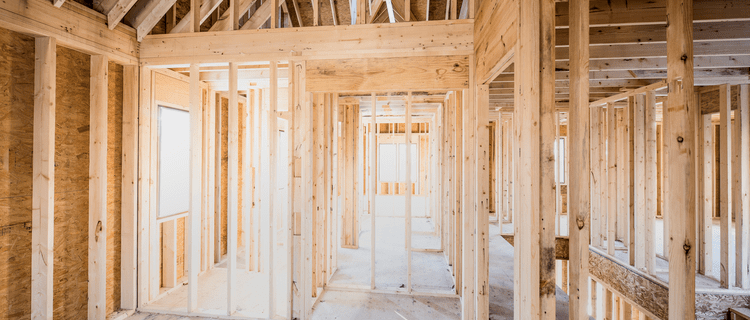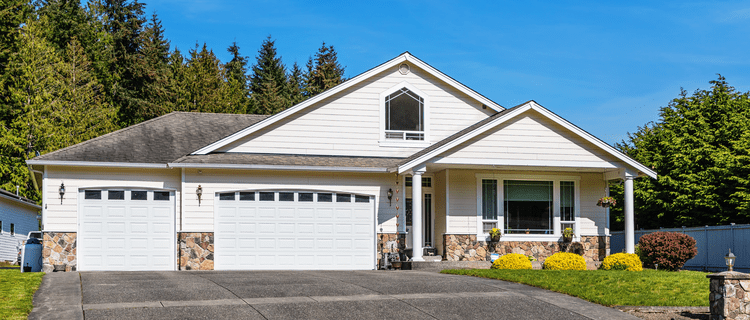Today’s Tale of Two Housing Markets
Depending on where you live, the housing market could feel red-hot or strangely quiet right now. The truth is, local markets are starting to move in different directions. In some places, buyers are calling the shots. In others, sellers still hold the power. It’s a tale of two markets. What’s a Buyer’s Market vs. a …





